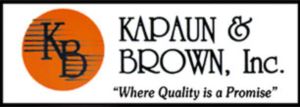Many people only call for air conditioning repair when their system breaks down. However, the reality is your air conditioner will often show signs of trouble before a complete breakdown that results in new AC installation. Noticing early problems and calling the experts at Kapaun & Brown to handle issues early can help you avoid the hassle and expense of a full AC system failure. More importantly, it can prevent the discomfort of having your AC break down when it’s scorching hot outside.
When you call us, our team of skilled HVAC technicians will identify the problem, make the necessary repairs and restore your comfort fast. We have a proven track record in the community and provide high-quality, affordable AC service for our community.
Why wait until your cooling system quits? Skip all that hassle by calling today to schedule AC repair in Marshalltown, IA, from Kapaun & Brown.

Warnings Signs You Need AC Repair
Wondering if your air conditioner requires service? From strange odors to no cold air coming from the vents, there are many symptoms that your cooling system has a problem and needs diagnosis and repair.
Here are some red flags that trouble may be developing and it’s time to call an HVAC technician from Kapaun & Brown:

AC blows warm air instead of cold
If warm air is blowing out of your AC unit instead of cool air, or if the air isn’t as cool as normal, it’s a wise decision to call us for professional cooling service.
AC frequently turns on and off
If your AC system starts and stops instead of maintaining steady operation, it could be a warning of potential issues and should be inspected by one of our certified HVAC technicians.
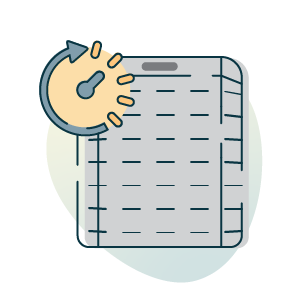
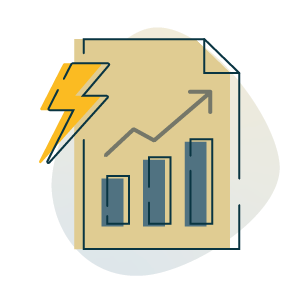
Cooling bills spike for what seems like no reason
A big jump in your energy bills can be a sign your AC unit is losing efficiency, which means it uses more energy to maintain a comfortable indoor temperature and needs AC maintenance or repair.
Odd odors are coming from your air conditioner
Air conditioners should not stink. Weird smells coming from your AC unit should be inspected by an HVAC technician, as they can be a symptom of trouble like mold, mildew or even electrical issues.
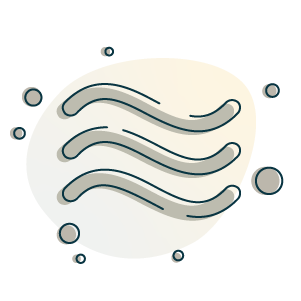
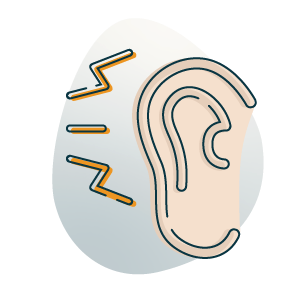
Loud sounds coming from your AC
If you hear odd noises when your AC system is running — banging, rattling or high-pitched whining, to name just a few — it’s important to call for professional HVAC service to find out what’s wrong.
Request Pro Air Conditioner Repair Today
When you need air conditioning service quickly, contact the HVAC repair professionals at Kapaun & Brown. We’ll quickly figure out the trouble when your system won’t work or give sufficient cool air.
